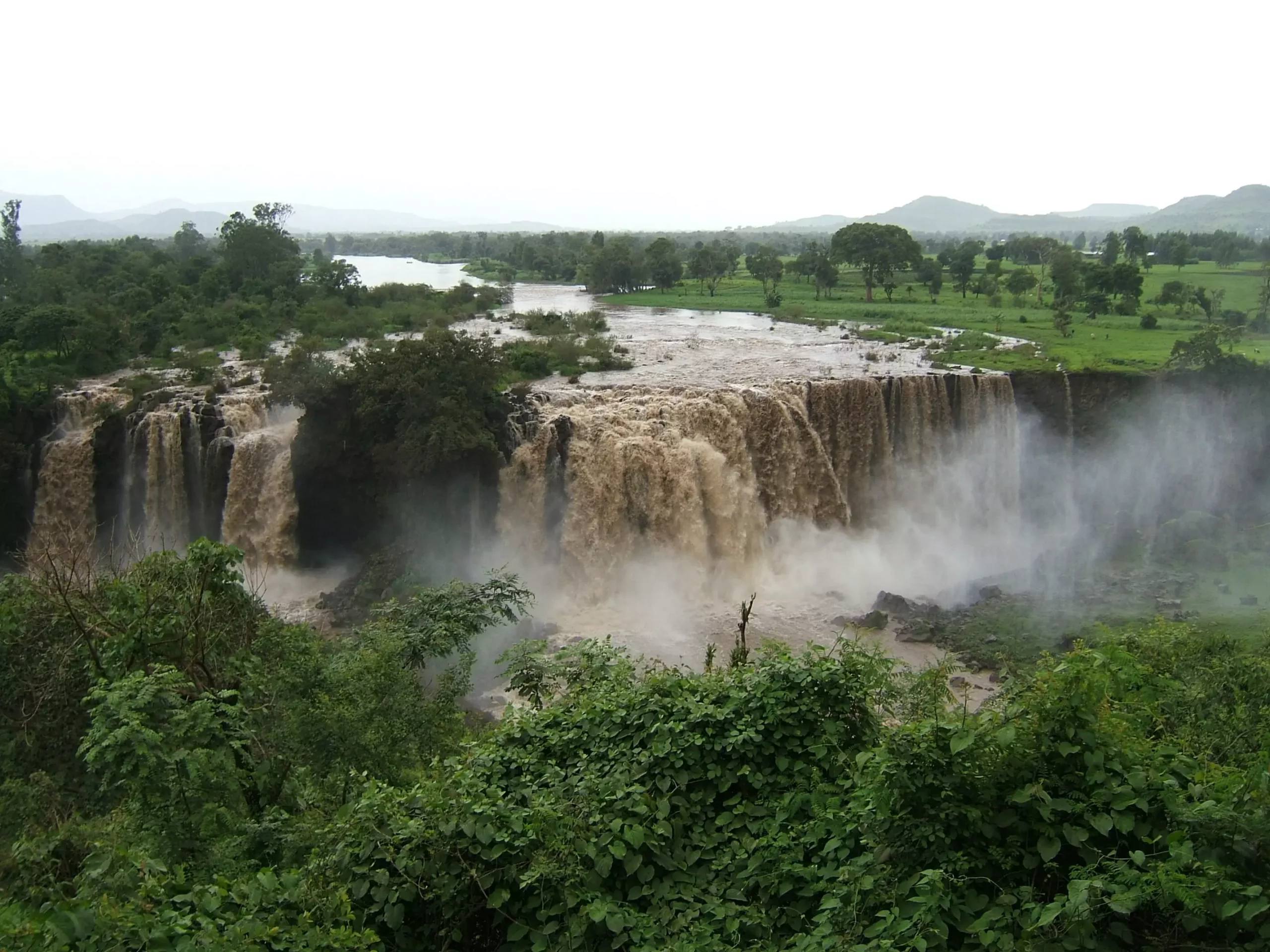The Nile River has been the lifeblood of civilizations from ancient Egypt to modern-day cities that rely heavily on its seasonal flows. However, as global warming continues to escalate, regions along the Nile Valley now face unprecedented environmental challenges including droughts, floods, and increased rainfall variability. The ramifications of these climatic shifts threaten vast populations and demand urgent solutions for sustainable coexistence with this vital waterway. To navigate these challenges effectively, researchers must turn to history to glean insights from past climatic conditions that have shaped the Nile’s behavior.
Understanding Long-Term Climate Patterns Through the North African Humid Period
A particularly noteworthy period to examine is the North African Humid Period, which spanned roughly 11,000 to 6,000 years ago. This epoch is characterized by a significant increase in rainfall across northeastern Africa, leading to a richer and more vibrant ecosystem. A research team, spearheaded by Cécile Blanchet from the German Research Centre for Geosciences (GFZ), meticulously analyzed a sediment core that provides a unique window into the river’s response during wetter climatic conditions. The core, containing annual layers that capture the essence of historical flood events, reveals dramatic oscillations between extreme floods and droughts, offering crucial clues for predicting future variabilities.
Insights from Sediment Analysis: The Key to Predicting Flooding Trends
The examination of sediment layers collected near the Nile’s mouth provided groundbreaking insights. Each layer of fine sediment serves as a time capsule, encapsulating details of past hydrological events. The research team’s meticulous analysis revealed that the thickness of these layers varied greatly over time, indicating periods of intense flooding activity. For instance, during the early part of the North African Humid Period, the sediments were much thicker, implying that the Nile experienced significantly stronger floods compared to later epochs. This correlation between sediment thickness and flood intensity is a critical finding, indicating that flood magnitudes can indeed oscillate unpredictably.
Moreover, Blanchet’s research unveiled that such fluctuations were synchronized with climate patterns reminiscent of phenomena like the El Niño Southern Oscillation. This suggests that while the Nile’s behavior is inherently complex, certain climatic forces can create predictable patterns of variability in floods. Understanding this dynamic provides a foundation for developing more reliable forecasting models that can ultimately serve as a safeguard for communities living along the Nile.
Bridging Past and Present: Learning from Historical Data
The rich historical records kept by ancient Egyptians, who meticulously measured flood levels using devices known as nilometers, provided an invaluable comparative framework for the study. By coordinating sediment core data with records spanning from 622 to 1922 CE, researchers discovered striking parallels in flood pattern drivers, despite the contrasting climatic conditions between ancient times and the present. This understanding reinforces that while climate may change, the underlying drivers of variability can remain consistent, allowing scientists to create more nuanced and adaptable forecasting models.
By unearthing these historical patterns, researchers are not merely indulging in academic curiosity; they are laying down a blueprint for modern-day flood risk management. The potential applications of this research extend beyond academia, as practical tools based on historical data can be developed for local governments and communities to use in planning infrastructure that can withstand the impacts of extreme flood variability.
Future Implications: Designing Adaptations for Climate Resilience
The implications of Blanchet’s findings are profound not only for researchers but also for policymakers and local communities. Given the rapidly changing climate and the subsequent risks it poses to one of the most densely populated areas on Earth, proactive measures are critical. By harnessing the power of historical climate data and sediment analysis, adaptive strategies can be crafted to prepare for extreme hydrological events.
This collaborative research across multiple scientific disciplines ignites hope for a more sustainable future along the Nile Valley. The insights gleaned from ancient sediment cores not only enrich our understanding of the past but also empower us to develop innovative strategies for navigating future challenges posed by climate change. By looking back to safeguard our future, we can cultivate a more resilient coexistence with one of humanity’s oldest lifelines—the Nile River.

